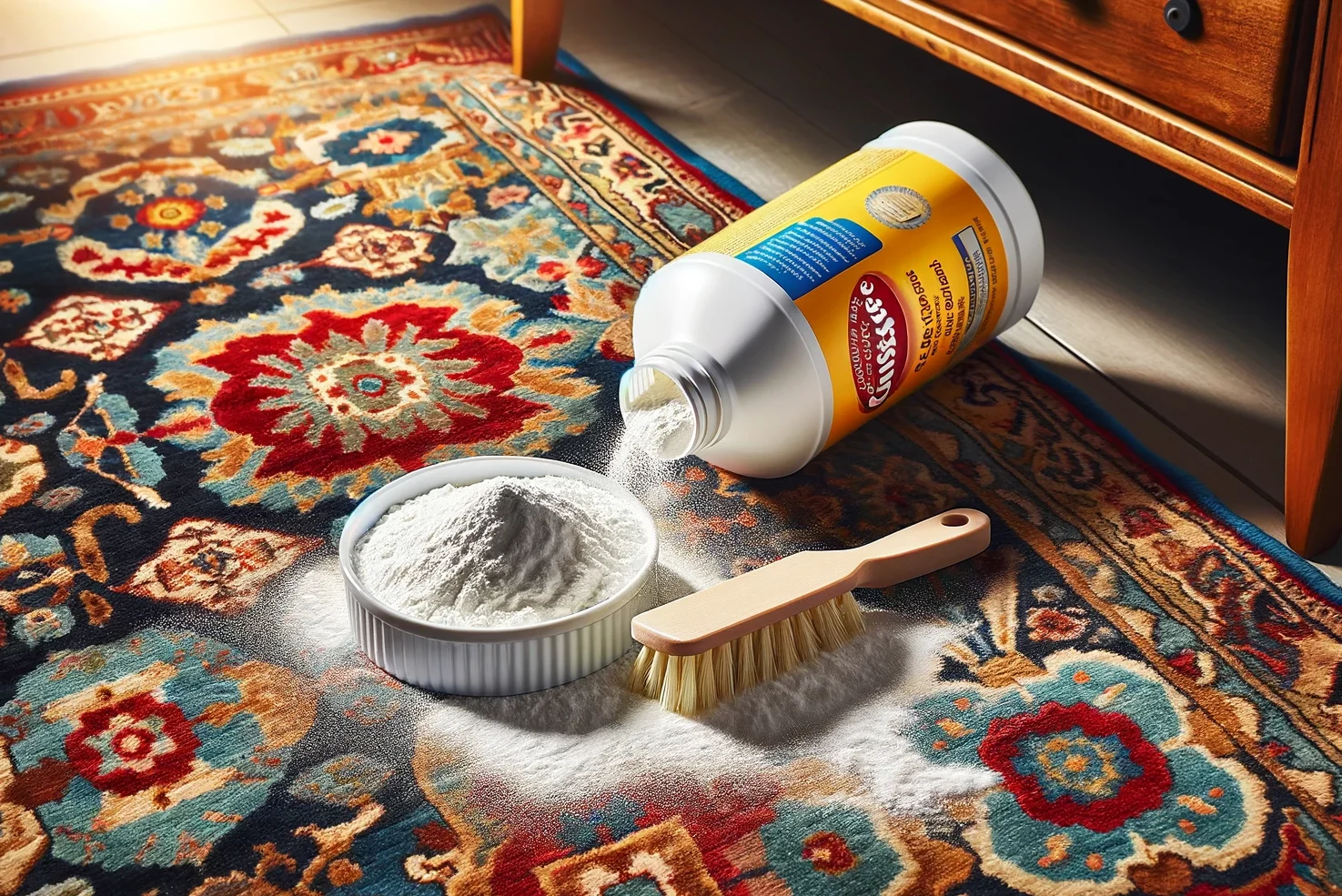Welcome to the home of
Persian Rugs
pieces of history and culture carefully crafted over centuries.
CarpetJoe.com is the premier destination for enthusiasts and connoisseurs of the rich world of Oriental and Persian rugs.
At Carpet Joe, we delve deep into the artistry, history, and craftsmanship that weave together to create the stunning and diverse tapestry of carpets that adorn homes around the world.
But Carpet Joe is more than just a repository of information. It's a community for those who appreciate the finer details of home décor and are drawn to the cultural significance behind every pattern and knot.
Exploring Tradition and Craftsmanship
Persian rugs, a symbol of unparalleled artistic mastery and cultural heritage, have captivated the world for centuries. Originating from Iran, the ancient land once known as Persia, these rugs are much more than mere floor coverings; they are woven narratives of history, tradition, and skill. The art of Persian rug weaving dates back to the ancient Persian Empire, with each rug reflecting the rich tapestry of Persian art and culture.
These exquisite pieces are renowned for their intricate designs, vibrant colors, and unique motifs. Each region in Iran contributes its distinct style and weaving technique, making every Persian rug a unique piece of art. The city of Tabriz, for instance, is famous for its precision and sophisticated patterns, while Isfahan is known for its elegant floral designs and intricate motifs. Persian rugs are not just decorative items; they are embodiments of Persian aesthetics and philosophies, often depicting scenes from Persian poetry, traditional symbols, and stories.
The making of a Persian rug is a labor-intensive process, often involving the entire family and community. It starts with the careful selection of materials like high-quality wool, silk, or cotton, followed by dyeing with natural colors derived from plants and minerals. The weaving itself is done on traditional looms, where skilled artisans meticulously knot the threads, a process that can take months or even years to complete for a single rug.
The result is a masterpiece that is not only visually stunning but also incredibly durable, often passed down through generations as a family heirloom.
Joe Rugs - Carpet Expert
Hello! I'm Joseph Rugs, the founder of CarpetJoe.com and your guide through the intricate world of carpets. Born and raised in London with a deep-rooted passion for art and culture, I've explored the globe to bring the rich tapestry of carpet weaving right to your screen. My academic background in arts and humanities from Oxford has fueled my curiosity, leading me to uncover the stories behind every knot and weave. As a family man, my adventures are shared with my loved ones, enriching our lives with every piece of art we encounter. Join me as we explore the beauty and craftsmanship of carpets together.
The Timeless Appeal of Persian Rugs
The allure of Persian and Oriental rugs extends far beyond their visual appeal, encompassing centuries of history, unparalleled craftsmanship, and deep cultural significance. These rugs have not only adorned the floors of homes across the globe but have also been cherished as works of art, valued for their intricate designs, vibrant colours, and the stories they tell.
Why Persian and Oriental Rugs Captivate
Persian and Oriental rugs are celebrated for their exquisite beauty and intricate designs, which have captivated enthusiasts and collectors for centuries. These rugs are handcrafted masterpieces, each thread woven with meticulous care, reflecting the traditions and cultural heritage of their origins. The complexity of patterns, ranging from floral motifs to geometric shapes, combined with a rich palette of colours, makes each rug a unique piece of art.
The craftsmanship behind Persian and Oriental rugs involves a labor-intensive process of hand-knotting, passed down through generations. This traditional method ensures that each rug is not only beautiful but also incredibly durable, capable of withstanding years of use while maintaining its elegance. The materials used, typically wool or silk, are of the highest quality, contributing to the rug's luxurious feel and the depth of its colours.
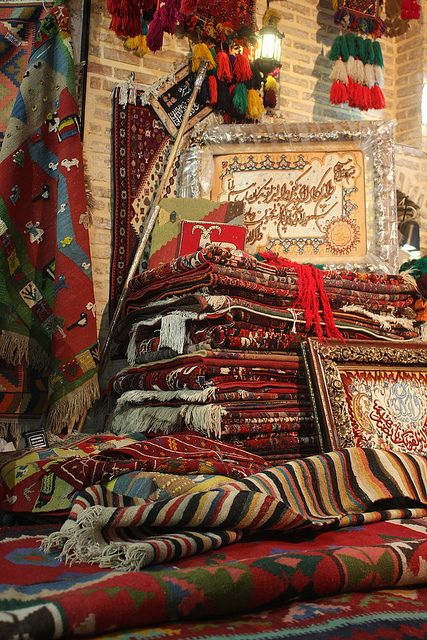
Common Rug Types
Each type of Oriental rug has its unique charm and story, making them more than just a luxury item; they are a piece of their country's cultural legacy. Collectors and enthusiasts of Oriental and Persian rugs appreciate them not only for their aesthetic appeal but also for their cultural, historical, and artistic significance.
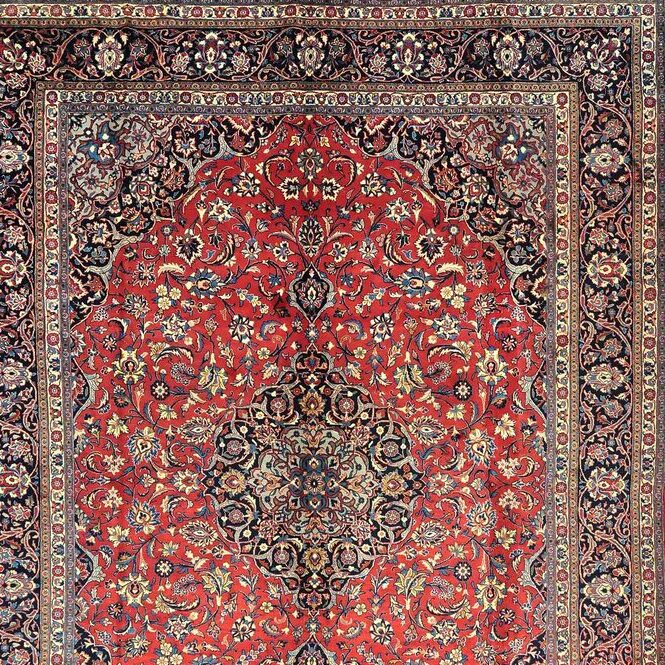
Persian Rugs
Originating from what is now modern-day Iran, Persian rugs are celebrated for their unparalleled craftsmanship and enduring beauty.
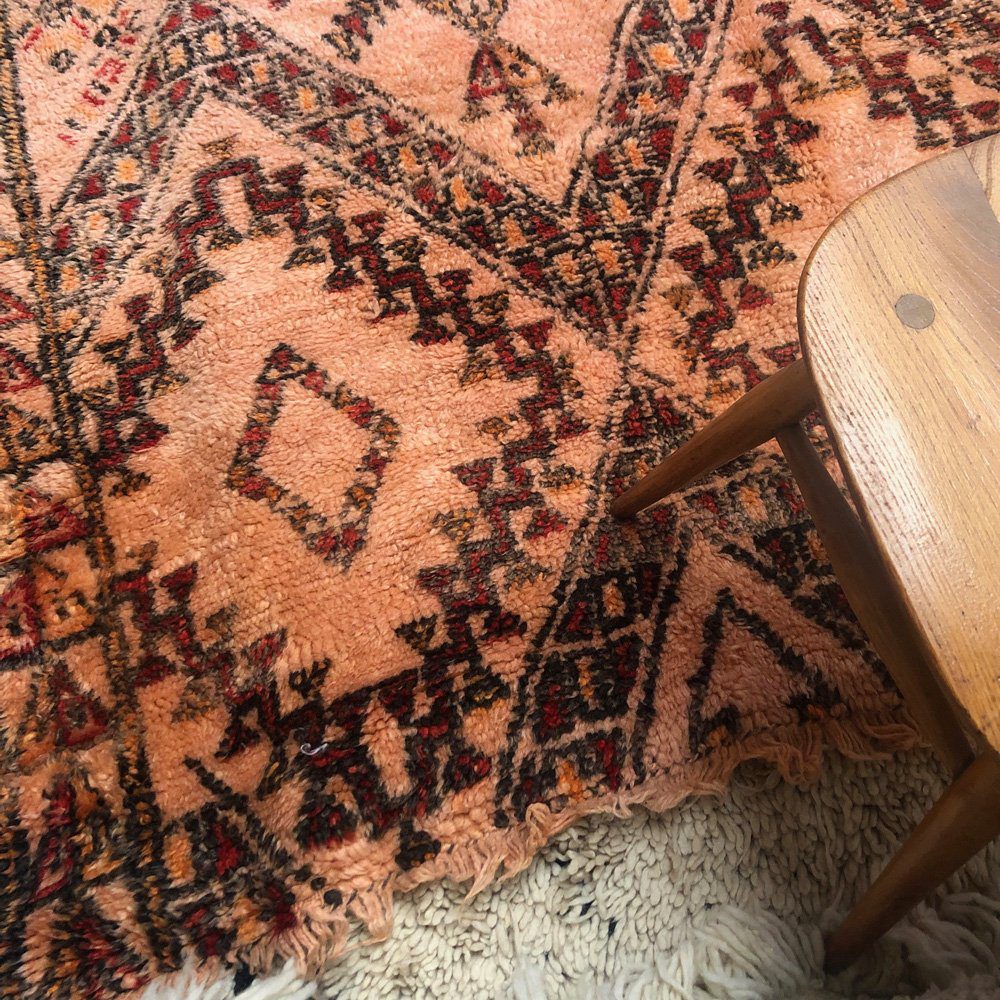
Berber Rugs
Originating from the Berber tribes of North Africa, particularly Morocco, this type of carpet is renowned for its rugged texture and resilient nature.
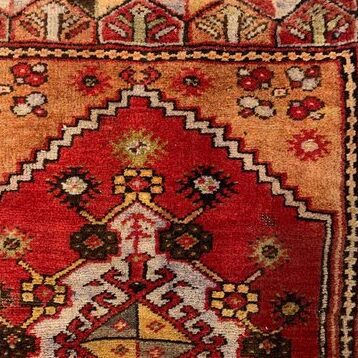
Turkish Rugs
Turkish rugs have a legacy steeped in history and artistry, and have always been a symbol of exquisite craftsmanship and cultural significance.
Carpet Love in the UK
In the UK, carpets and rugs hold a special place in the hearts of homeowners, a testament to the country's long-standing appreciation for interior comfort and aesthetic appeal. The preference for carpeted flooring can be traced back to the desire for warmth and insulation in the cooler British climate, offering a cosy underfoot experience that hard floors cannot match.
Persian and Oriental rugs, in particular, have found a welcoming market in the UK, where their elegance and style complement a wide range of interior decors, from traditional to contemporary.
These rugs are not merely floor coverings but statement pieces that add character and warmth to any room, making them a favoured choice among British homeowners seeking to infuse their spaces with luxury and personality.
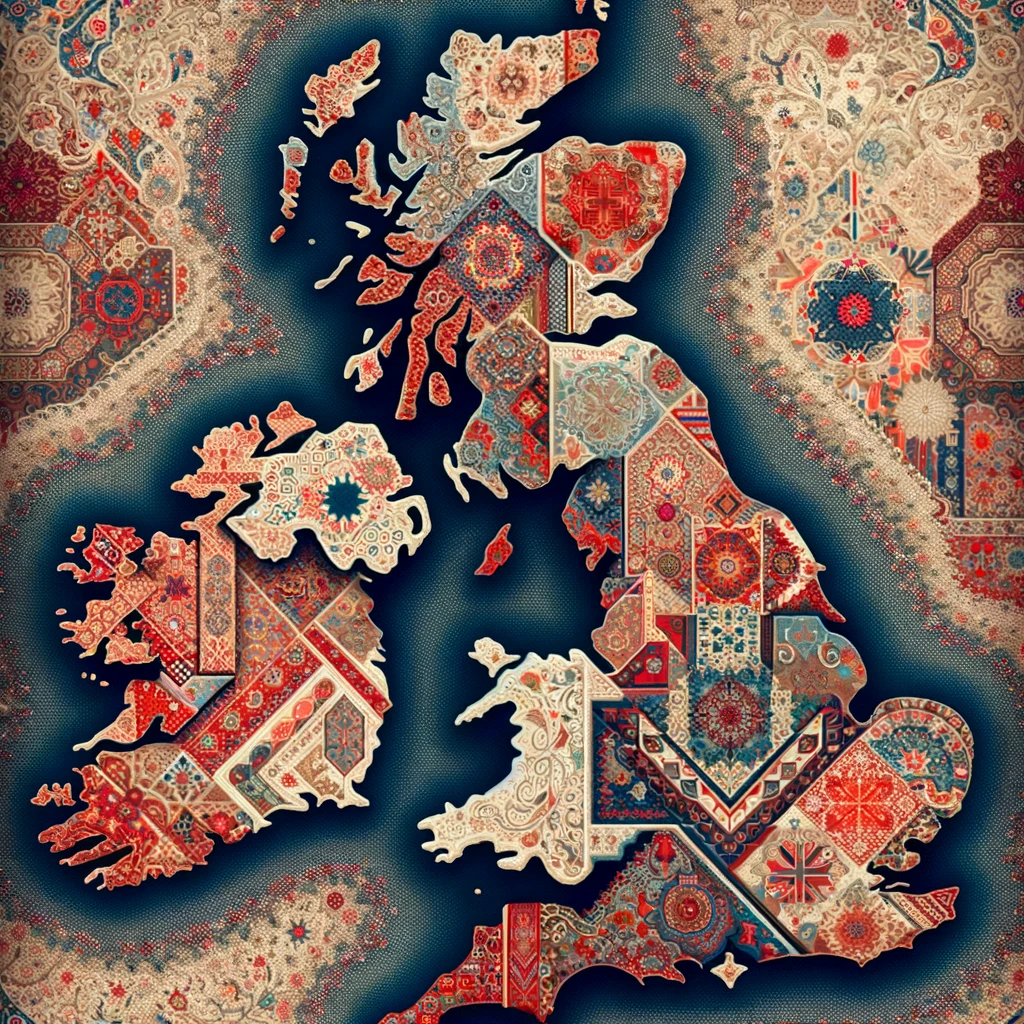
Evaluating Rug Worth and Durability
When considering the purchase of a Persian or Oriental rug, potential buyers often ponder its worth and durability. The value of a rug is influenced by several factors, including its age, provenance, craftsmanship, and condition. Antique rugs, especially those with a documented history or rare design, can command high prices in the market.
The durability of Persian and Oriental rugs is unparalleled, thanks to the quality of materials and hand-knotting techniques employed in their creation. A well-made rug can last generations, becoming more valuable over time. This longevity, combined with the timeless beauty of the designs, makes Persian and Oriental rugs a wise investment for those looking to enhance their home with flooring that marries function with art.
Carpet Care & Maintenance
Rug Cleaning Mastery and Solutions to Common Damages
Understanding the proper techniques for rug cleaning is essential for maintaining their beauty and longevity. Regular vacuuming is a key step in preventing dust and dirt accumulation.
However, deeper cleaning methods, such as steam cleaning or dry cleaning, are necessary for removing stubborn stains and embedded dirt.
Steam cleaning, or hot water extraction, is particularly effective for thorough cleaning and sanitizing.
For delicate rugs, dry cleaning with special powders or solvents is advisable.
Decor Ideas: Choosing the Perfect Carpet for Different Living Spaces
Explore the below sections to get more inspiration and choose the right carpet for your room.
Living Room
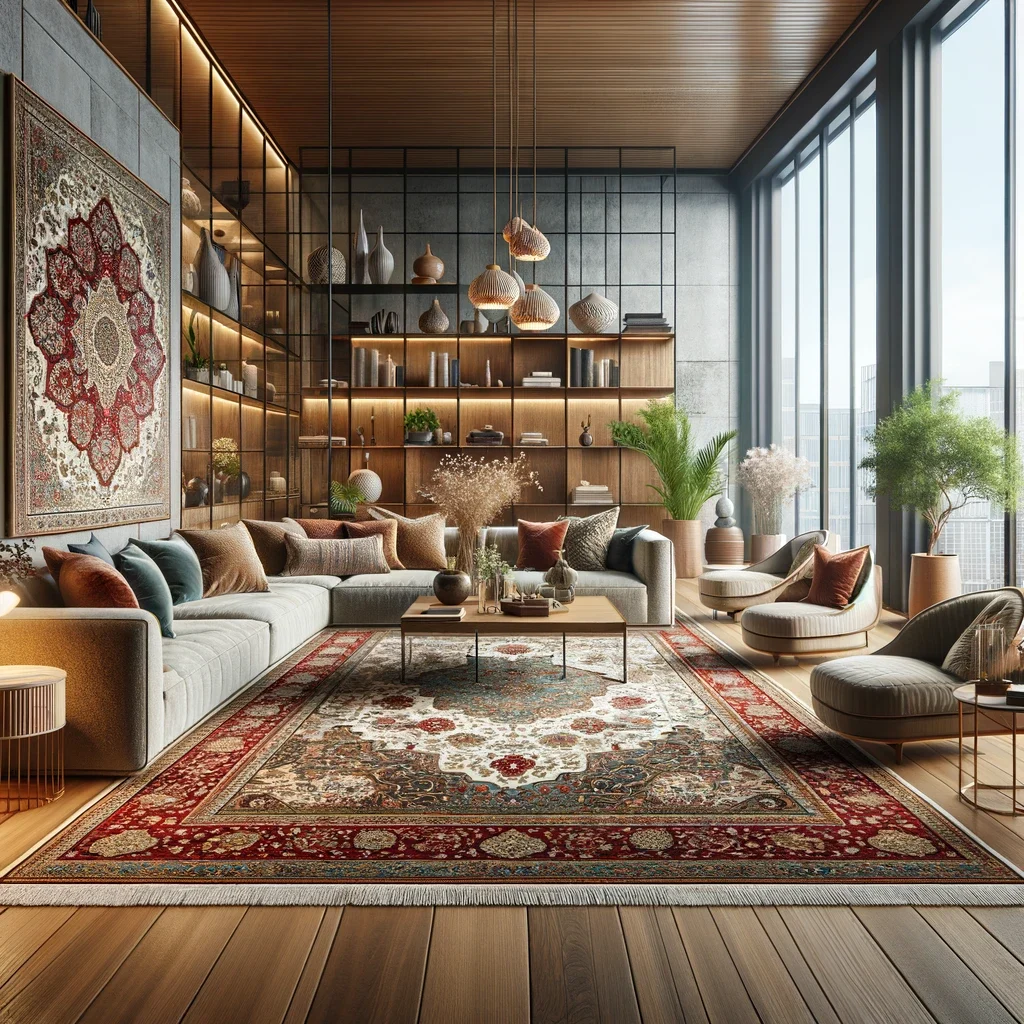
Bedroom
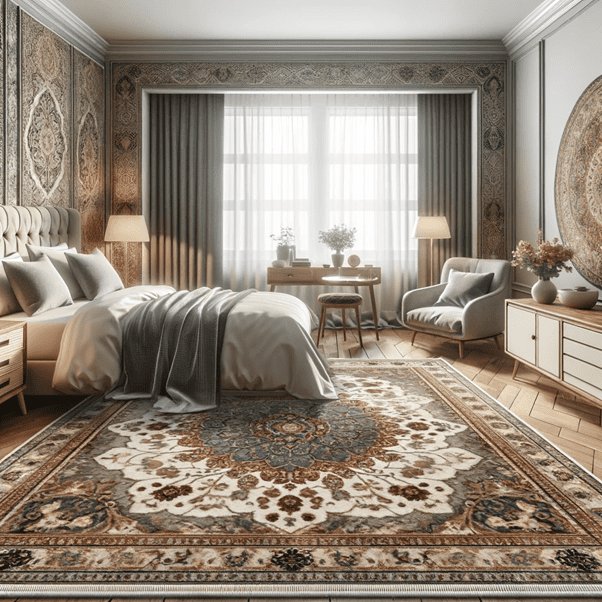
Lounge
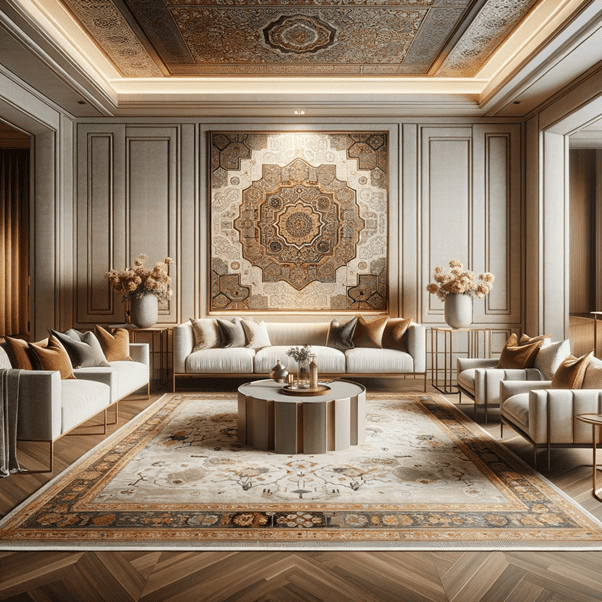
Hallway
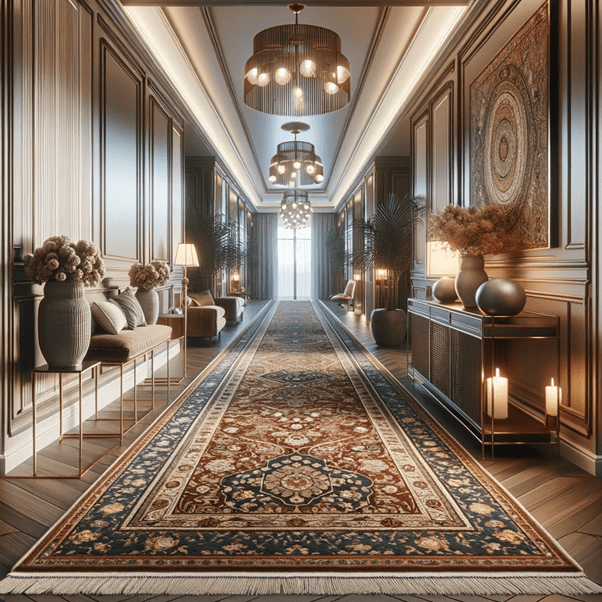
Stairs
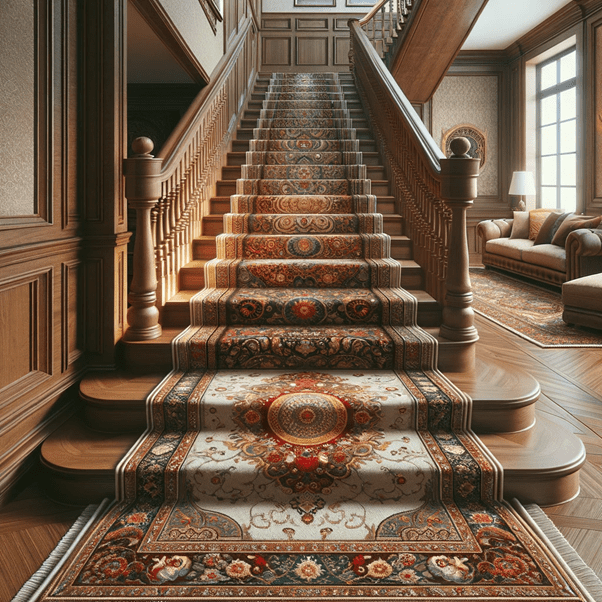
Car Mats
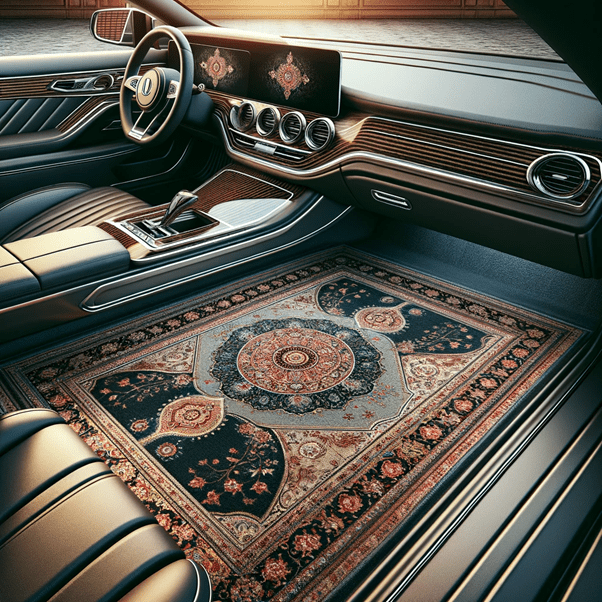
Kitchen
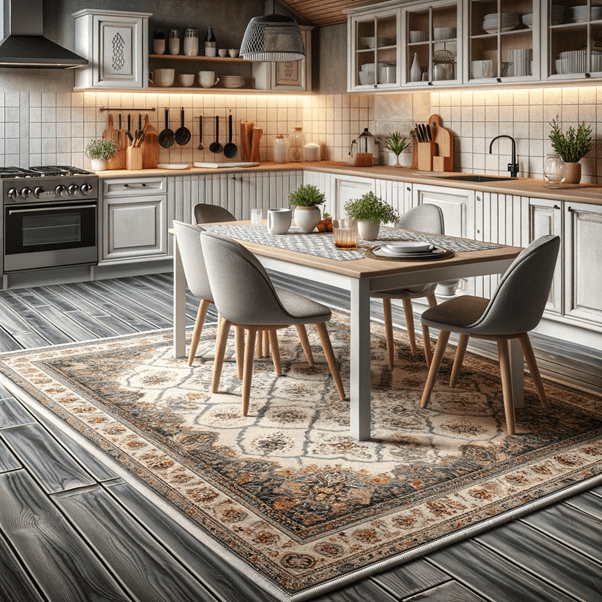
Bathroom
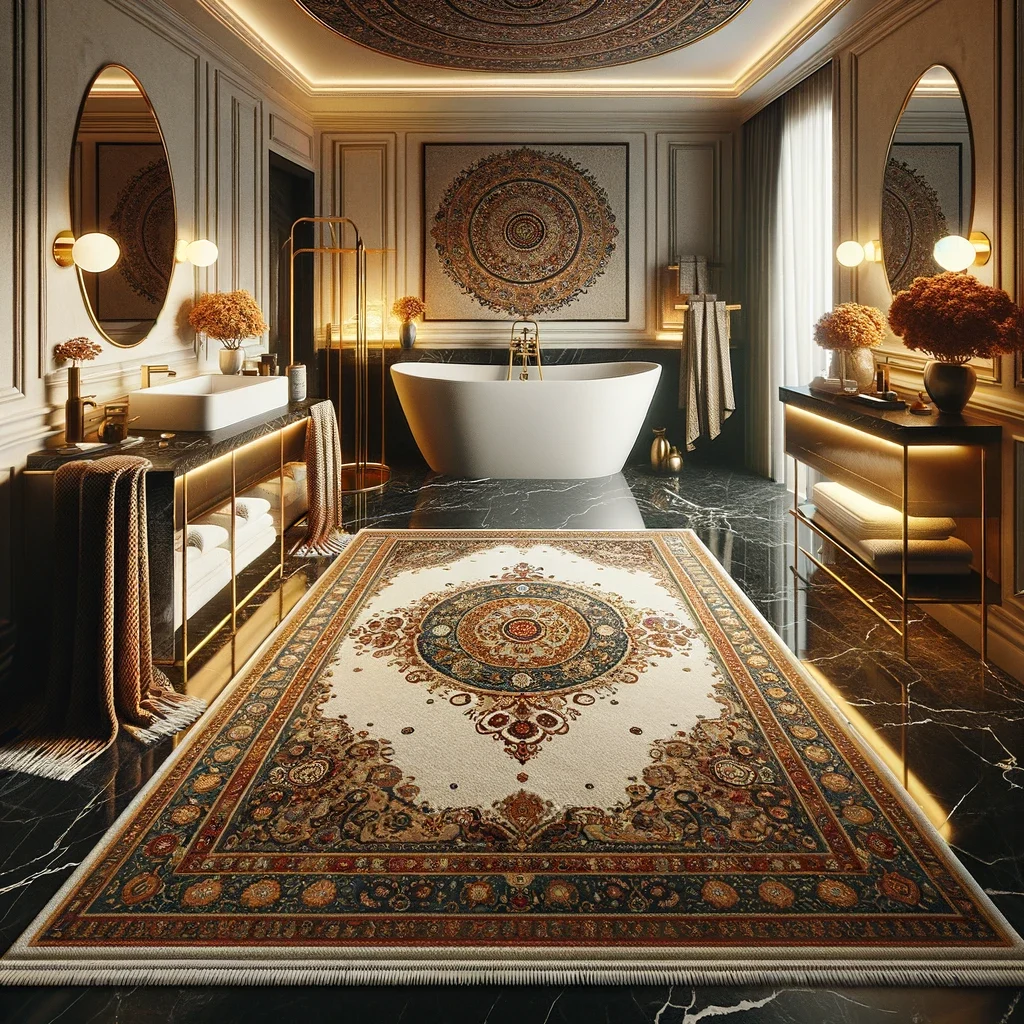
Explore my Collection of Persian & Oriental Culture Inspired Gift Ideas found on Amazon
Frequently Asked Questions
The primary difference between a carpet and a rug is their size and placement. Carpets are generally larger, often covering an entire room, and are usually installed and fixed to the floor. Rugs, on the other hand, are smaller, portable floor coverings that don’t cover the entire floor space and can be easily moved or replaced. They are often used as decorative centerpieces in a room.
Persian rugs are special for their rich history, unique designs, and intricate craftsmanship. They are hand-knotted with great skill and often take months or years to complete. The designs of Persian rugs are culturally significant, often inspired by Persian art, history, and nature. They are also known for their durability and high-quality materials like silk and wool, making them valuable and long-lasting.
Persian rugs often symbolize the cultural, historical, and artistic heritage of Iran. The motifs and patterns in these rugs can represent a variety of themes, including prosperity, happiness, and stories from Persian folklore. They are also seen as symbols of luxury and sophistication, reflecting the artistic skill and tradition of the Persian weavers.
Persian rugs are valuable due to their intricate handcrafted designs, high-quality materials, and cultural significance. The labor-intensive process of hand-knotting, combined with the use of natural dyes and fibers, results in a product that is not only beautiful but also durable. Antique Persian rugs, especially those that are well-preserved and have historical significance, are highly sought after and can be quite valuable.
Cleaning a Persian rug requires a delicate balance of gentle care and effective techniques. For regular maintenance, vacuuming without the beater bar is recommended to avoid damaging the fibers. For spills, blot immediately with a clean, dry cloth. Avoid using harsh chemicals; instead, use water and mild detergent, and rinse with clean water. For deep cleaning, it's advisable to consult professional rug cleaners who specialize in Persian rugs, as they have the expertise and equipment to clean without causing damage. Read more.
The main differences between Persian and Turkish rugs lie in their origin, design, materials, and knotting techniques. Persian rugs are from Iran and often feature intricate floral motifs with silk inlays, while Turkish rugs are from Turkey, known for geometric patterns and tribal designs.






